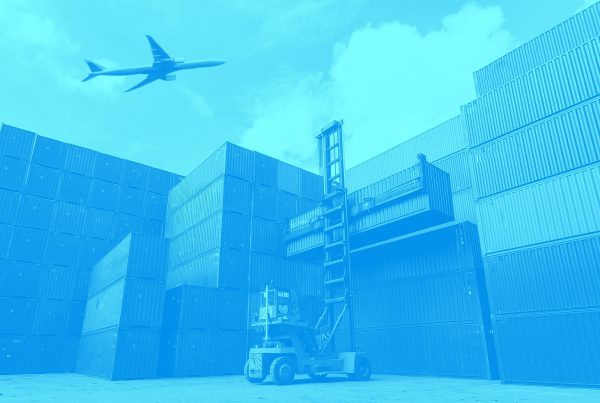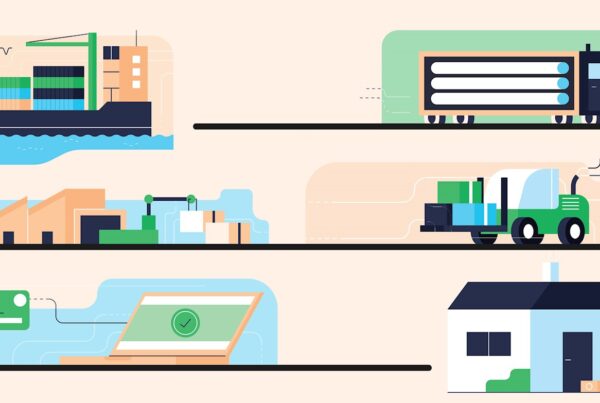Take a minute to think about how much technology has changed our lives in just the past decade.
When was the last time you purchased a CD to listen to music, went to a store to rent a movie on DVD, picked a newspaper off your doorstep, or called a travel agent to book a trip? Music, film, news, and travel are just a handful of the industries that technology has reshaped. Now it’s the freight industry’s turn. If you’re a medium-sized logistics provider, you may be at risk of falling behind your larger competitors.
21st Century Visibility Challenges
As I mentioned in the post, Medium-sized 3PLs Need New Logistics Technology to Compete, shippers are struggling to overcome their supply chain visibility obstacles. They’re increasingly turning to their 3PLs to provide the necessary technologies and services to provide this visibility. Technology is now a key competitive differentiator, creating a technology gap between the services and capabilities shippers have come to expect, and what many 3PLs can deliver.
Based on The 2017 Third-Party Logistics Study where shippers were subject to a survey to establish the IT-based capabilities that 3PLs needed:
It’s clear that the majority of shippers expect 3PLs to provide IT capabilities over and above traditional transactional services.
Overcoming Supply Chain Technology Gaps
We examine the four most common supply chain technology obstacles 3PLs face in closing the tech gap. What do all four have in common? Thanks to the maturation of public cloud computing platforms and services, they are all issues you can address immediately
4 Common Obstacles To Closing The Technology Gap
- Fear of long-term investment: The uncertainty and volatility in customer relationships make deciding to spend money on new technology a riskier financial proposition for 3PLs than for other industries.
- Lack of in-house expertise: Many 3PLs do not have adequate IT infrastructure or the personnel on-staff who can understand, evaluate and implement the new, advanced systems necessary to run 3PL software solutions.
- Insufficient or outdated technology: A reliance on older Enterprise Resource Management technology stacks prevents 3PLs from implementing today’s advanced systems.
- Short-sighted thinking: Most logistics partnerships are focused on short-term, tactical objectives such as cost reduction and improved service levels, not on the long-term strategic advantage.
/back-in-my-day.jpg)
Build Or Buy?
The question is not “Should we leverage new logistics technologies to lead our customers past their supply chain technology gap, obstacles?” Rather, the question is “Should you use cloud based services to build and manage your 3PL software solutions, or partner with an outside vendor?”
Answering the “Build or Buy” question is critical to your ability to not just secure new customers, but keep your existing ones. Our white paper can lead you through the process of evaluating your current capabilities, determining what your customers want you to provide that you cannot, and assessing which approach is most appropriate for your mission to overcome these new 3PL obstacles.




